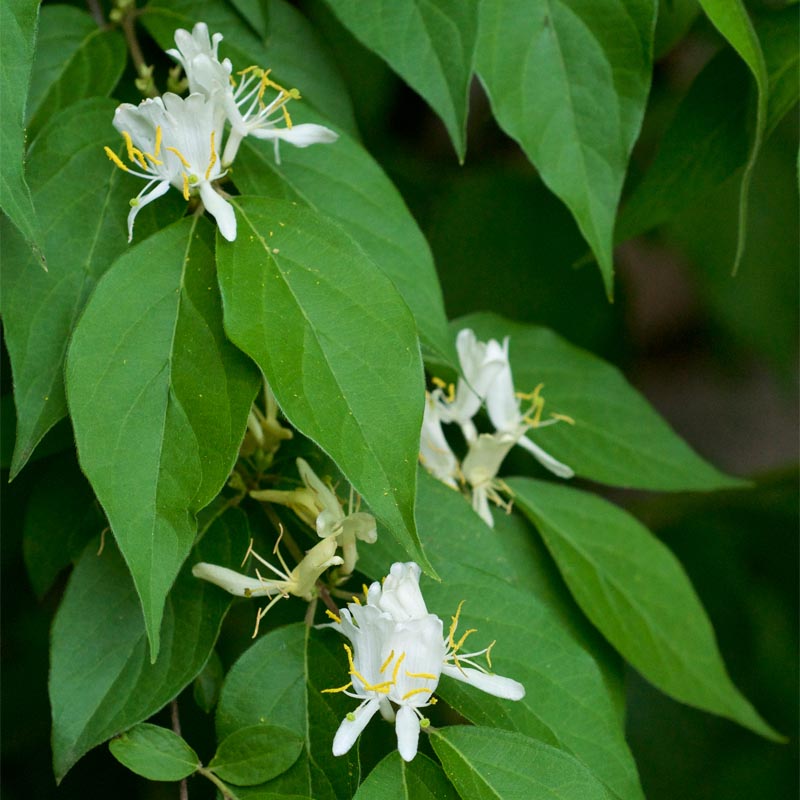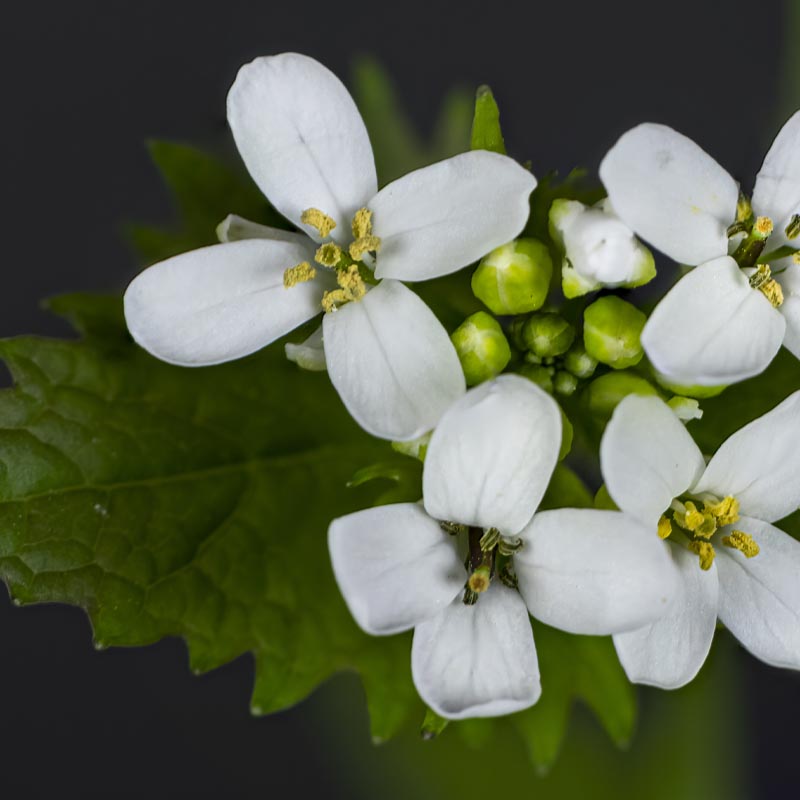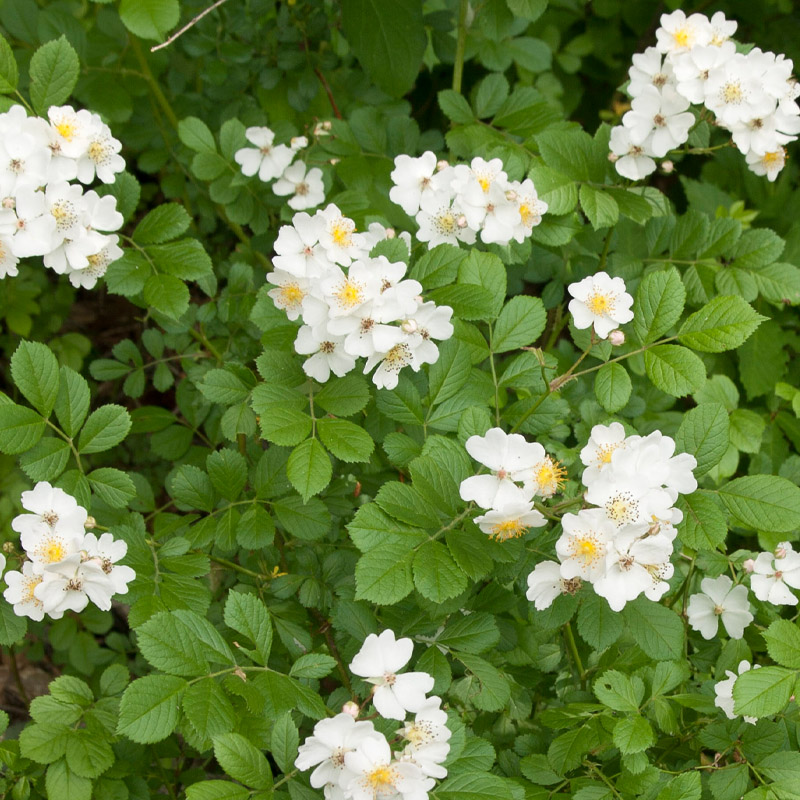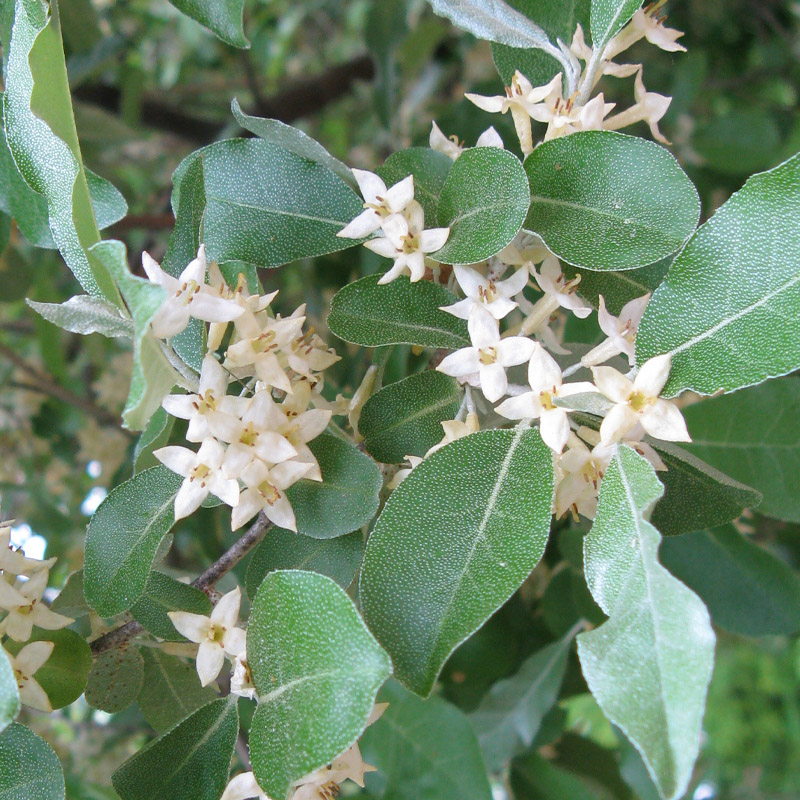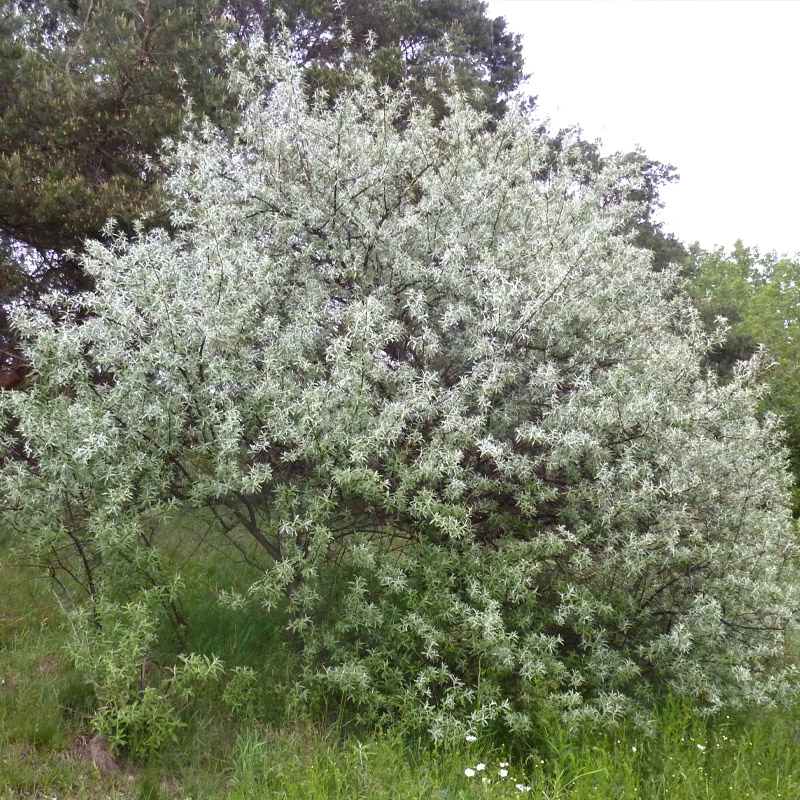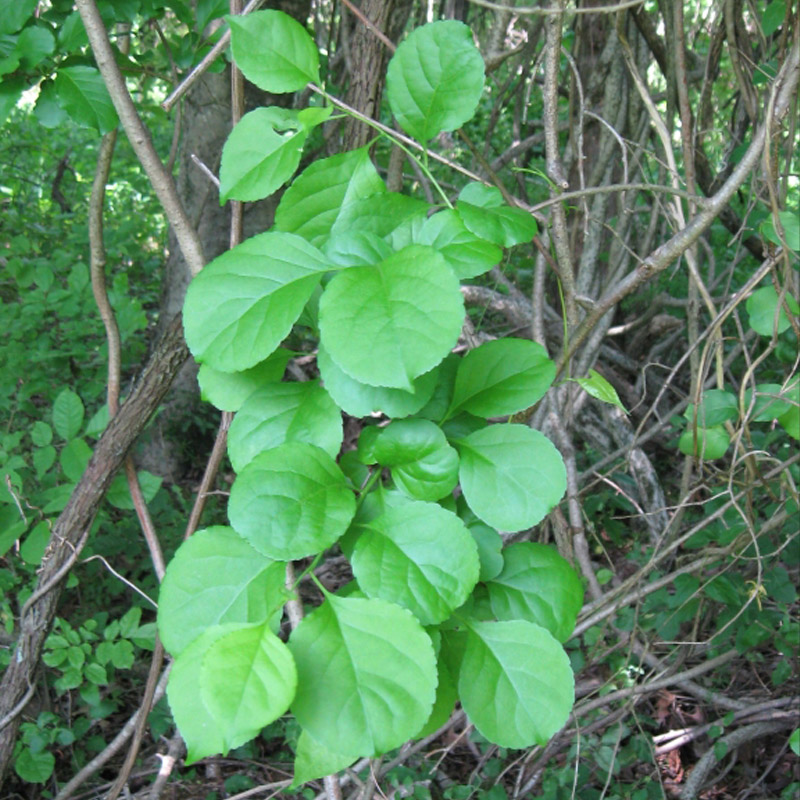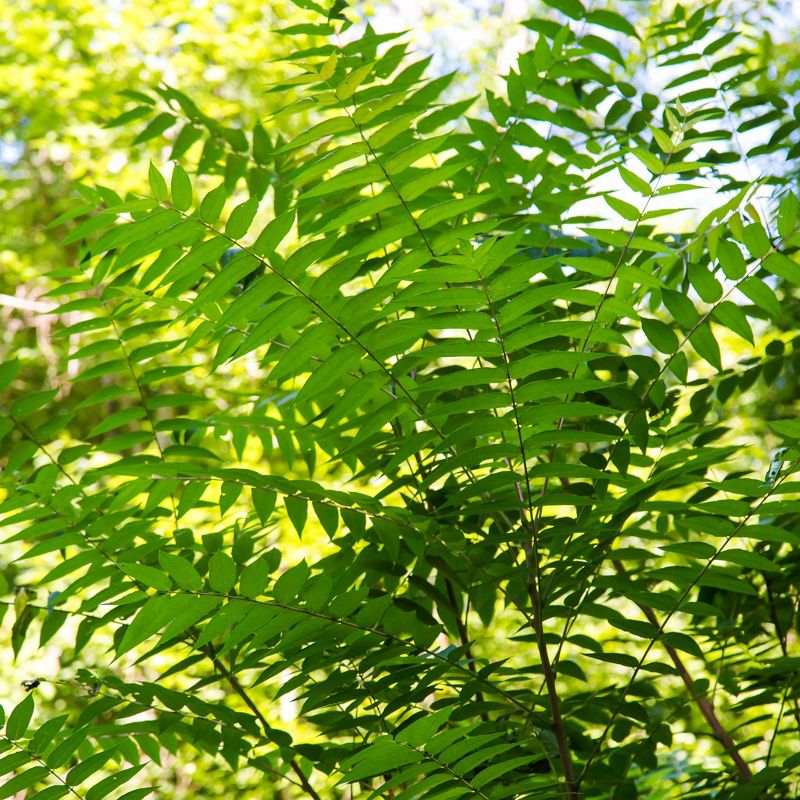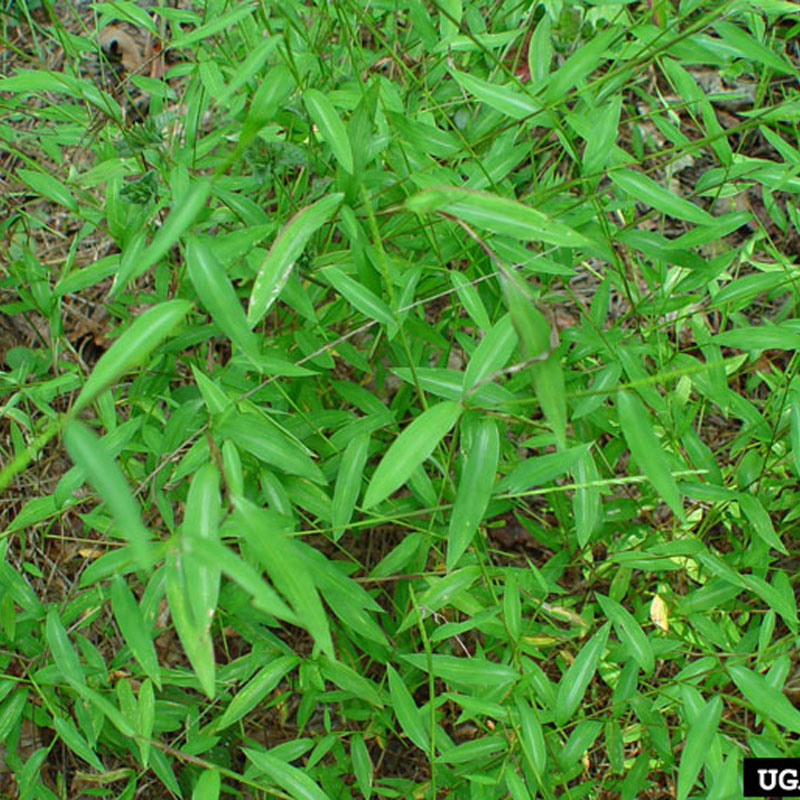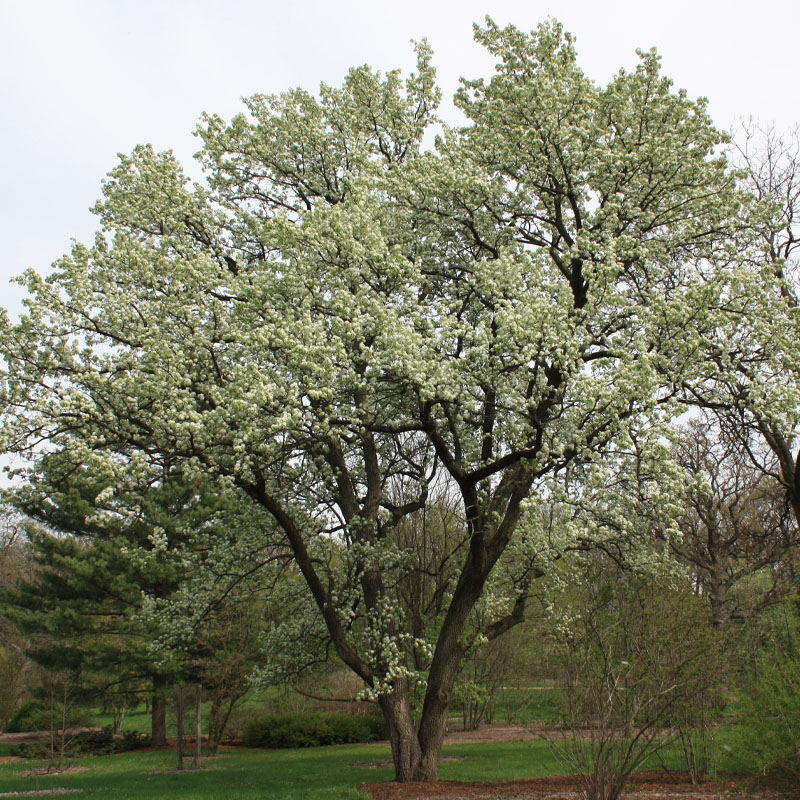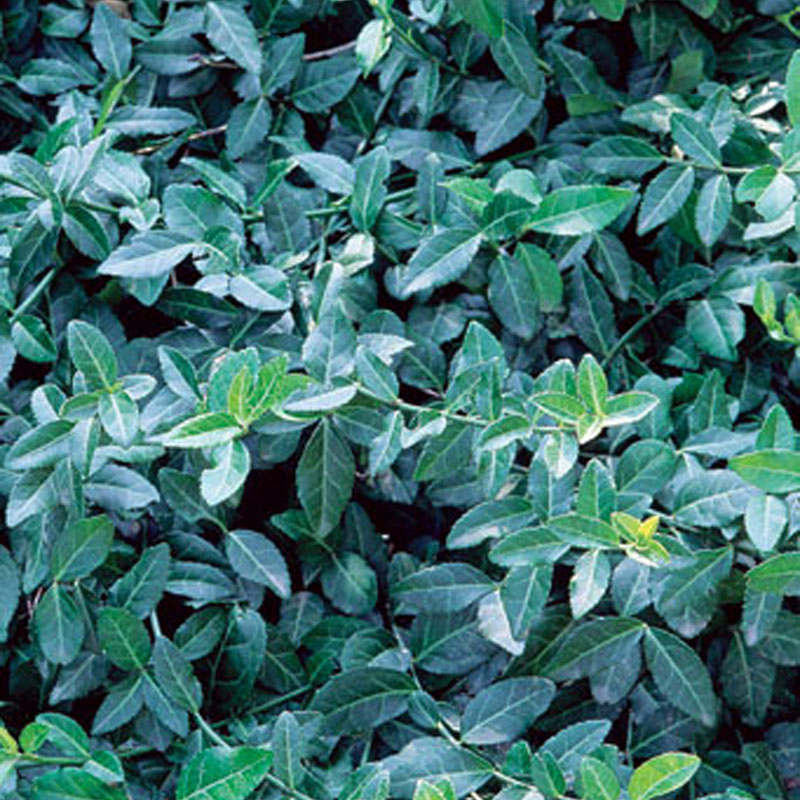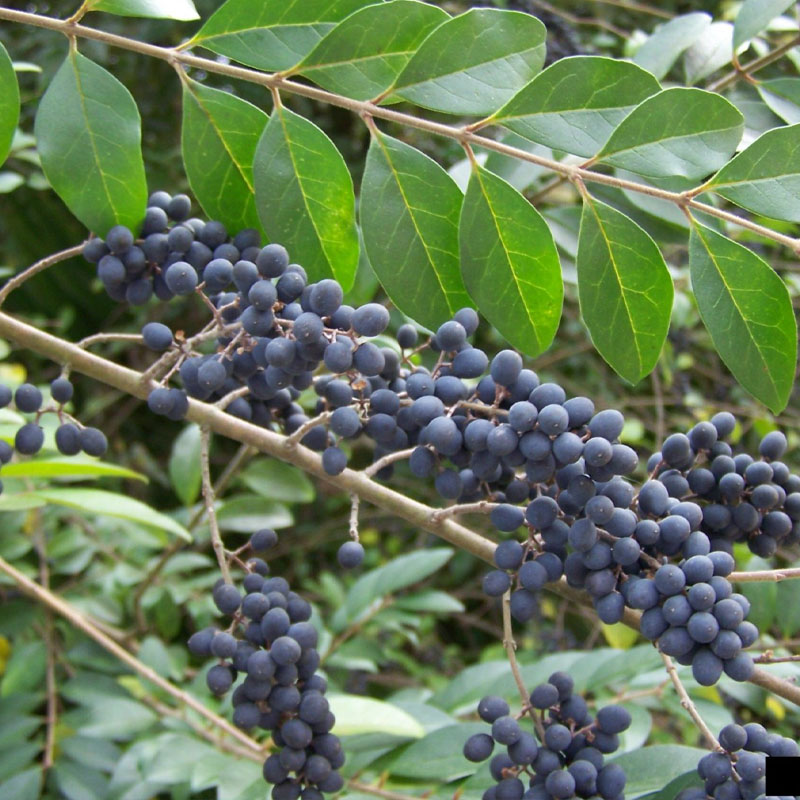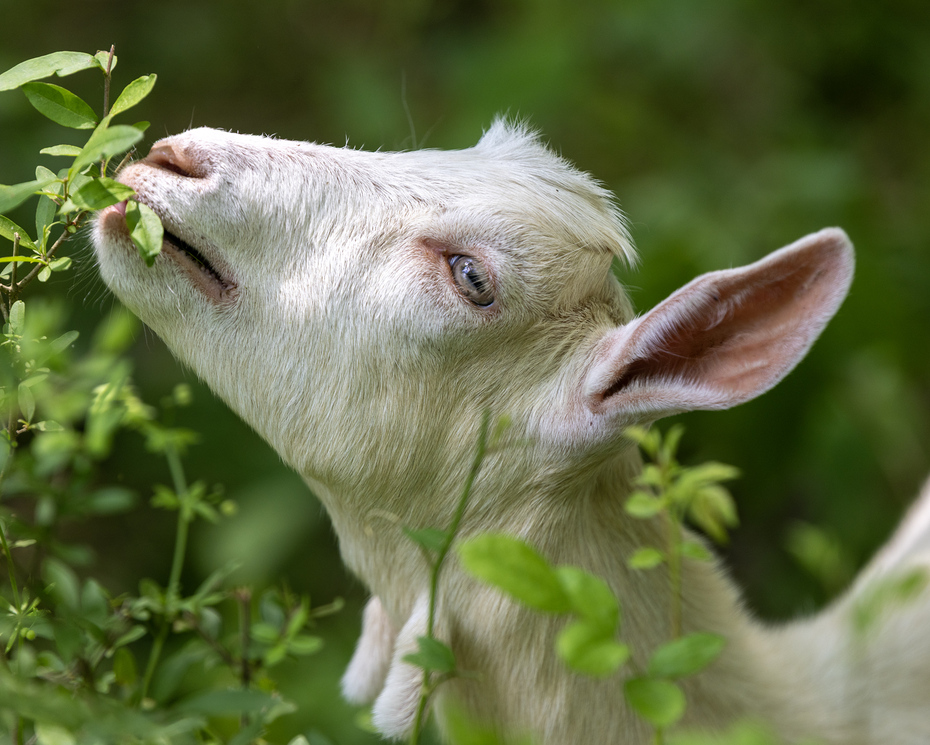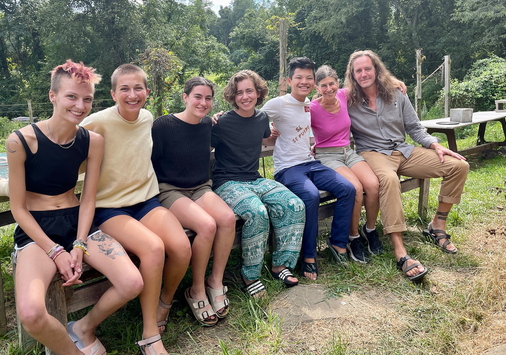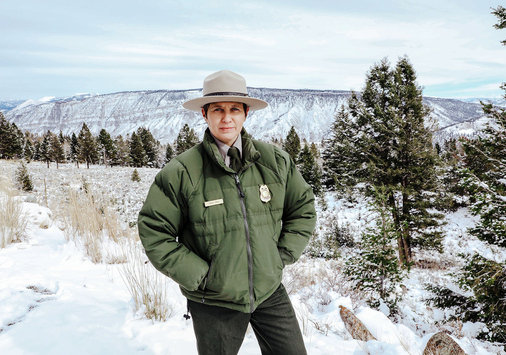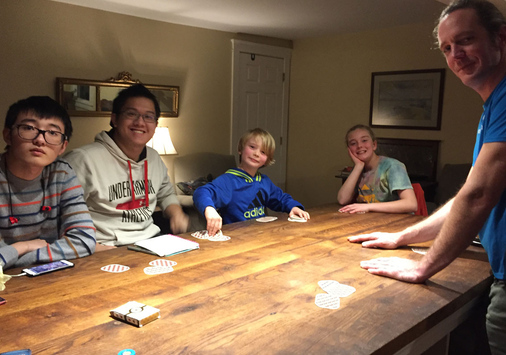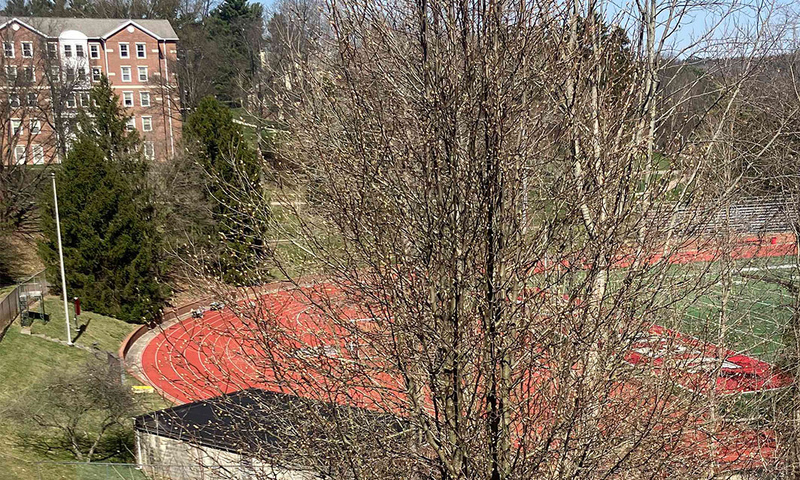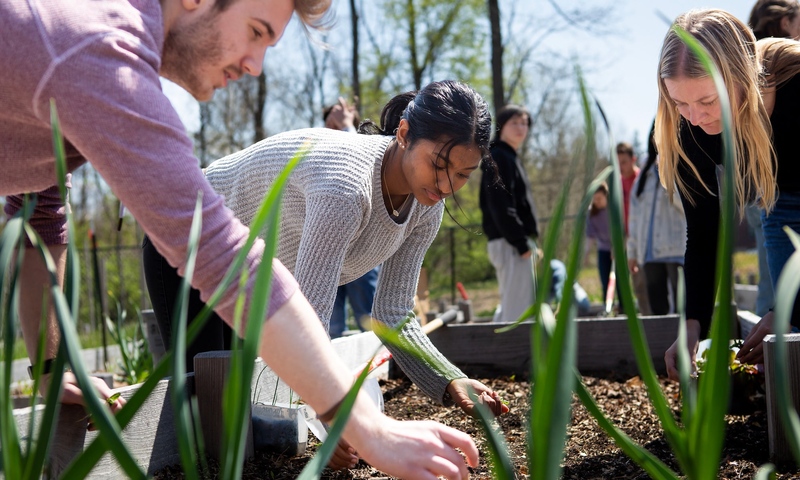Identify invasive species at the Denison Bio Reserve
Invasive species are flora and fauna that live outside their historic, native ranges. Outside their native habitats, limitations on these nonindigenous species are reduced or disappear entirely, giving them a huge advantage over native species.
A partial list of invasive plant species with a significant presence in Denison’s Bio Reserve
Amur Honeysuckle
(Lonicera maackii)
Common invasive shrub, along with Morrow’s honeysuckle (Lonicera morrowii) and Tatarian honeysuckle (Lonicera tatarica), that forms dense thickets, shading out native plants and reducing biodiversity.
Garlic Mustard
(Alliaria petiolata)
This herbaceous plant is a major problem, forming dense mats that inhibit the growth of native wildflowers and tree seedlings.
Multiflora Rose
(Rosa multiflora)
This thorny shrub forms dense thickets, outcompeting native vegetation and creating barriers for wildlife.
Russian Olive
(Elaeagnus angustifolia)
Similar to Autumn Olive, Russian Olive was introduced for landscaping and erosion control but has become invasive, spreading rapidly and outcompeting native plants.
Oriental Bittersweet
(Celastrus orbiculatus)
Oriental bittersweet has the ability to aggressively climb and smother native vegetation, including trees and shrubs, making it a major concern for forest health and biodiversity.
Tree of Heaven
(Ailanthus altissima)
The tree of heaven is a rapidly growing deciduous tree native to China that has become a widespread invasive species across North America.
Callery Pear
(Pyrus calleryana)
While often planted as ornamentals, these trees are now spreading rapidly, outcompeting native trees and creating monocultures.
Winter Creeper
(Euonymus fortunei)
This vine can climb trees and shrubs, eventually causing limbs to break and potentially killing the host plant.
Privet
(Ligustrum sinense)
Privet can dominate the shrub layer and often becomes the only shrub underneath trees, especially in streamside areas.
